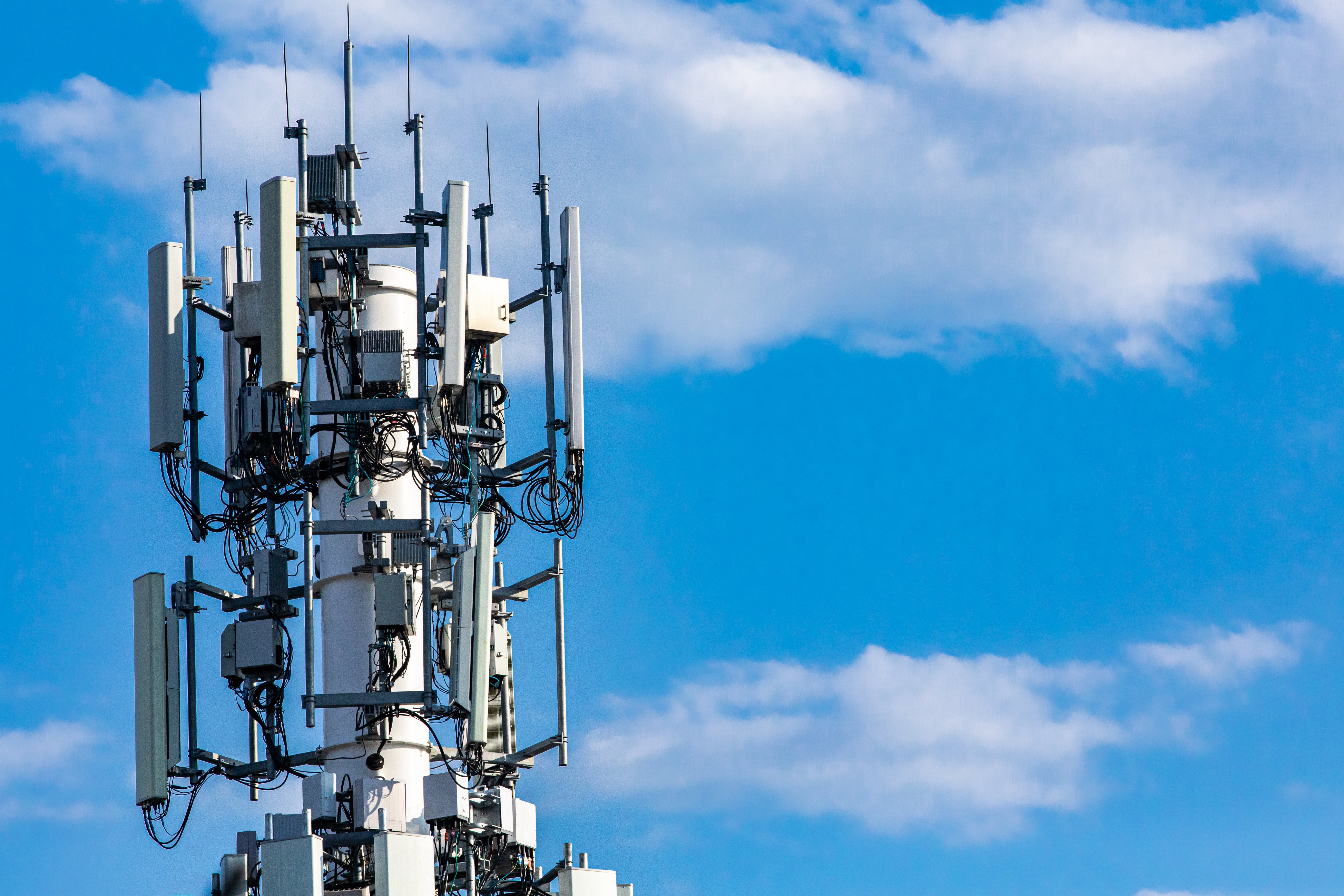If you've ever walked through a town you might have noticed tiny mini 5G cell towers on the poles of street lights. They look like small boxes however, they're actually transmitting wireless signals from mobile providers to your phone.
These smaller towers are replacing larger, purpose-built cell towers. While they're less noticeable but they can still create issues for users.

A FCC's Radiation Exposure Thresholds
The FCC's Radiation Exposure Thresholds define the safe distance that a person can be exposed to electromagnetic radiation from wireless devices. The exposure limits are based upon scientific research that show that RF energy could be harmful to human health.
what is a safe distance from a 5g cell tower (SAR) is an indication of the radiofrequency energy absorbed by tissue. It is typically 1.6 Watts per kilogram calculated over one gram of tissue.
Since 5g is able to transmit at higher frequencies this could be able to increase the intensity of energy on the skin as well as other body parts. This could lead to many possible harms, such as an increase in the development of skin conditions such as dermatitis, skin cancer and cataracts.
Due to the potential for harmful effects of radiation from 5G, PSU has chosen to create a general limits on power density, which is 4mW/cm2 averaged across 1 centimeter, but not exceeding 30 minutes for all 5G services running at 3000 GHz. This localized limit is in accordance with the peak SAR that is spatially averaged at 1.6 W/kg, averaged over one 5 grams of body tissue, at 6 GHz.
The FCC's Maximum Exposure Thresholds
If you've ever used a mobile phone, you probably know that the safest location from the tower should be at least 400 meters. This is due to the transmitting power of the cell tower is significantly increased the farther your location from the tower.
While this sounds like a good idea however, those living close to towers may actually be more prone to health problems. For instance, a 2014 study in India found that residents living within 50 meters of cell towers experienced significantly more health complaints than those who were away from the antennas.
However, this study also showed that residents who moved to areas that were further from cell towers experienced their symptoms return to normal within a couple of days. Studies have also revealed that exposure to high levels of radiofrequency electromagnetic fields (EMFs) can cause cancer, brain tumors, and other health problems.
safe distance from cell tower is because the RF radiation utilized in wireless communications, can be absorbed by the body's outer layer, called the skin. This is vital to be aware of since the skin functions as a protective barrier against mechanical injury, infection by pathogenic microorganisms, and entry of toxic substances. The skin is the biggest organ in the human body and is accountable for keeping the integrity of other organs.
The FCC's Minimum Exposure Thresholds for the Minimum Exposure
The FCC's Minimum Exposure Thresholds are based on many assumptions that aren't supported by evidence from science. This includes the false assumption that short-term exposures to RF radiation is safe due to minimal penetration into the body (i.e. thermal heating of tissue).
what is a safe distance from a 5g cell tower ignores the deeper penetration of the ELF parts of the modulated RF signal and the effect on the body of short bursts from pulsed RF waves. These assumptions are not in line with current understanding of the biological effects of RF radiation. Therefore they shouldn't be considered for health protection exposure guidelines.
Furthermore, the ICNIRP and FCC limit the maximum limits of exposure to peak local SARs based on the maximum speed of spatial absorption (psSAR) that is an inadequate dosimetric tool to assess the amount of exposure to RF radiation. Particularly, psSAR is inaccurate when frequencies exceed 6 GHz. In addition, psSAR is not been evaluated for RF radiation with co-exposure to other environmental agents , such like sunlight. Interactions of RF radiation and other environmental agents could cause synergistic or antagonistic results. This can lead to the risk of having adverse health consequences. For example, exposure to RF radiation with sunlight may raise the chance of developing skin cancer, and may also exacerbate other skin diseases such as acne.
